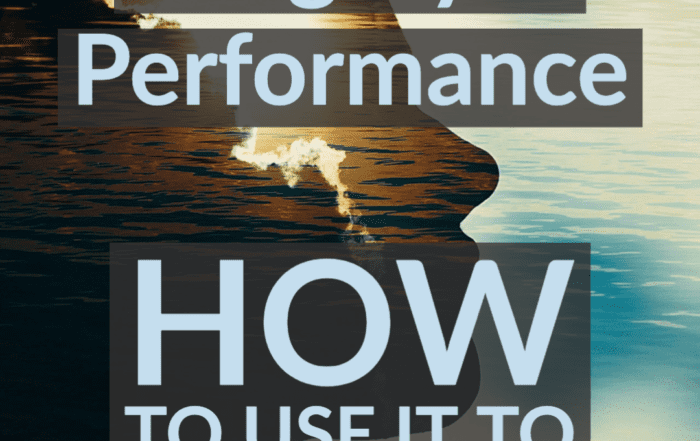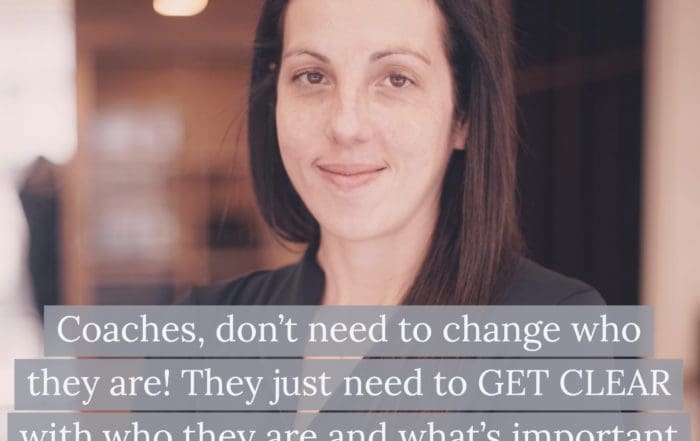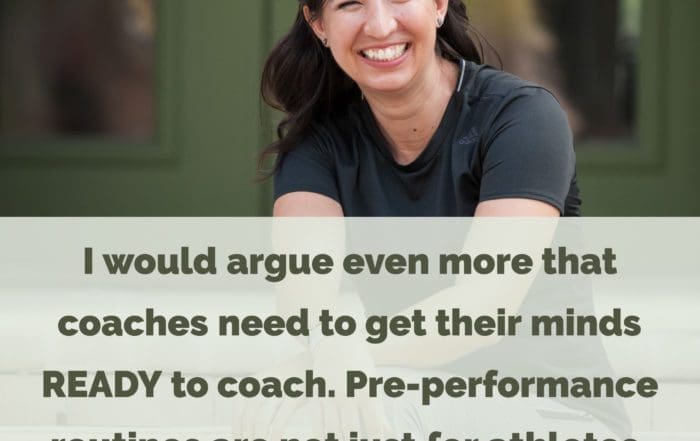
Using Imagery to Bolster Performance
Post Author:
natelast
Categories:
Date Posted:
June 7, 2018
Share This:
I had the privilege of being invited to appear on the ‘Age grouper for life podcast’ – the ultimate source for living the triathlon lifestyle, where USAT certified coaches Collin and Elliot discuss the most optimal training techniques to get athletes you where they want to be mentally and physically.
The topic of how much of a role does the mental side of things affects tri-athletes or athletes in general during competition came up. The aspect of utilizing imagery as a psychological advantage to bolster performance was one aspect of the discussion that was particularly interesting.
Imagery, often confused with visualization or imagination, is a cognitive process fundamental to motor learning and performance.
This is an interesting facet of mental skills particularly because all humans practice imagery in some way whether we are aware of it or not.
Imagery has been proven to help athletic performance
It is a well-known performance-enhancing strategy and extensively used in applied fields, particularly sport, dance, and exercise psychology (for a review, see Cumming & Ramsey, 2009; Murphy, Nordin, & Cumming, 2008; Weinberg, 2008).
Sure you have the naysayers that liken imagery to superstition, but it has been proven to have tangible positive effects on the brain.
It shares neural and behavioral similarity to the genuine experience.
When we consciously internally represent an action through imagery, the same brain areas involved in the unconscious planning and execution of movements are activated (Lotze & Halsband, 2006; Munzert, Lorey, & Zentgraf, 2009).
But let us not get into too much of the science stuff. Let’s see how it really helps athletes and how to utilize it.
How Imagery helps athlete’s performance
When it comes to imagery it is mainly about self-efficacy (one’s belief in one’s ability to succeed in specific situations or accomplish a task). But imagery is a mental technique that can be refined with practice and utilized in many ways.
Several elite athletes and dancers have described the significant role imagery have played in their preparation for top performances. For example, sprinter John Regis described training for a major championship by, “imaging the perfect race and the feeling I got when I was running the perfect race. When that happens it’s called being in the zone, because you just don’t seem able to lose or run badly” (Grout & Perrin, 2004, p. 103).
But how does an athlete master this powerful mental technique?
That’s where we mental skills coaches come in.
How to practice imagery
With Colin, who is also a client of mine, in a session, I sat and talked to him to develop more of a tangible feel of how can he use imagery to help him perform.
“I consider the swim to be where I have the most room for improvement and I feel like I should be able to do better. So, Nate, had me write down some things, especially where that oftentimes I feel like I struggle with. He asked me to write a detailed description of what’s kind of going on around me in my scenario of exactly what I’m thinking about, both the good things and where I was dropping the ball.
The reality is, it’s not going to be totally easy and relaxed and you’re probably going to get a couple whacks at the beginning of the swim. But it’s been just two weeks since we started and it’s already motivated me for sure to dig a little deeper and keep going,” Colin said in response to my question on what his perception on imagery, how he is using it and what is it doing for him.
As Collin alluded to, learning imagery won’t be an easy ride at first. When learning a new motor skill, various changes are thought to occur in the brain, including a strengthening of neuronal connections, the addition or removal of connections, and new cell formation. This reorganization is often termed plasticity and includes both short- and long-term changes.
Elliot touched on some of the difficulties an athlete can face practicing imagery which spawned a very important area of imagery – the application.
“We love to imagine perfection. We love to imagine the outcomes of things that it’s like, all is going so well. Then we get to those points in our imagination that we actually like see in reality and they’re just not the same and it’s like a pain in the butt, like man that sucks and it’s totally degrading.”
Athletes can get themselves caught in those kinds of situations where they play in their heads the things that they did wrong and it hurts the athlete.
So my advice to athletes that utilizes imagery, not visualization or imagination, I’m saying imagery, you have to incorporate all the senses not just the visual aspect. So if anybody has used this and they’re just using the past as an experience kind of thing.
If you can’t control it, if you’re imaging yourself doing something that you want to do incorrectly or if you’re crashing or if you’re screwing up, stop imaging, stop doing it because you’re not doing yourself any good.
Instead, put your attention on something else, take a deep breath, really engage in the moment and start looking at all of the things around you and engage rather than visualize because if you continue doing that, it’s going to hurt you. You gain some control over those images that’s why I tell my clients, like Colin, to whole writing because we can control what we say in writing, rather than in our own mind sometimes.
As Elliot mentioned in the podcast, imagery is one of the many mental skills tactics athletes can utilize to give them a competitive advantage. However, imagery is an advanced skill and is not for the faint of heart, but with the help of a good mental skills coach it can be mastered and be of significant benefit to an athlete’s performance.
If you want to know more about this interesting mental skill feel free to contact me!





